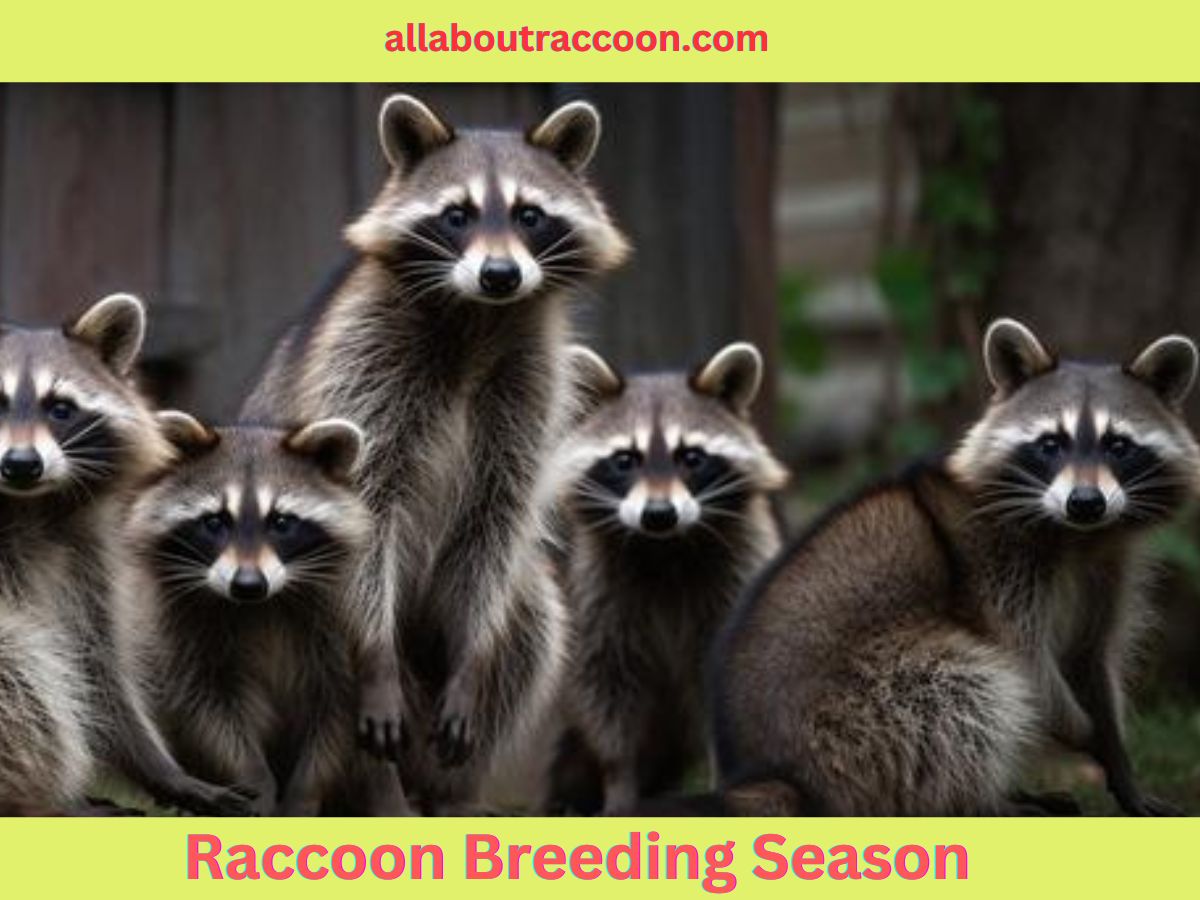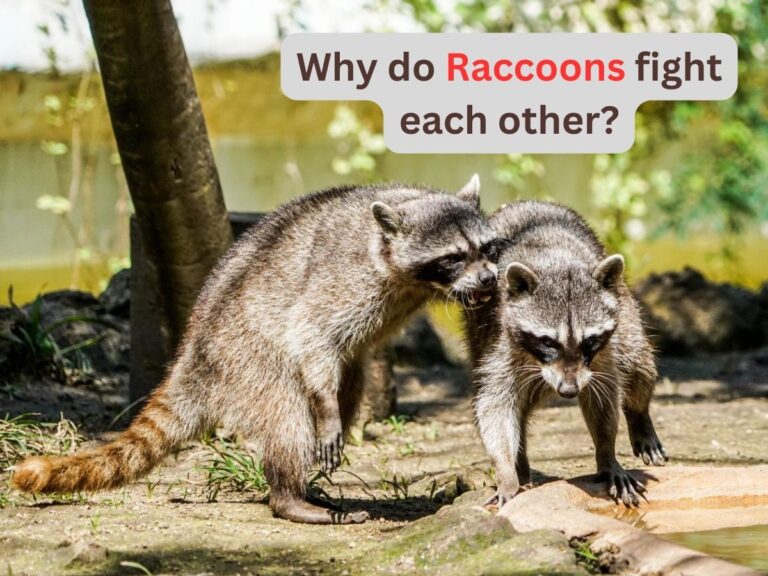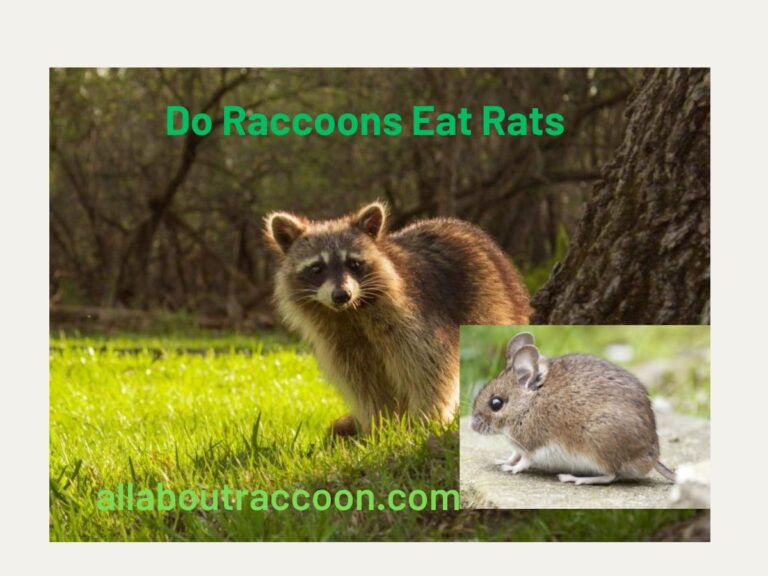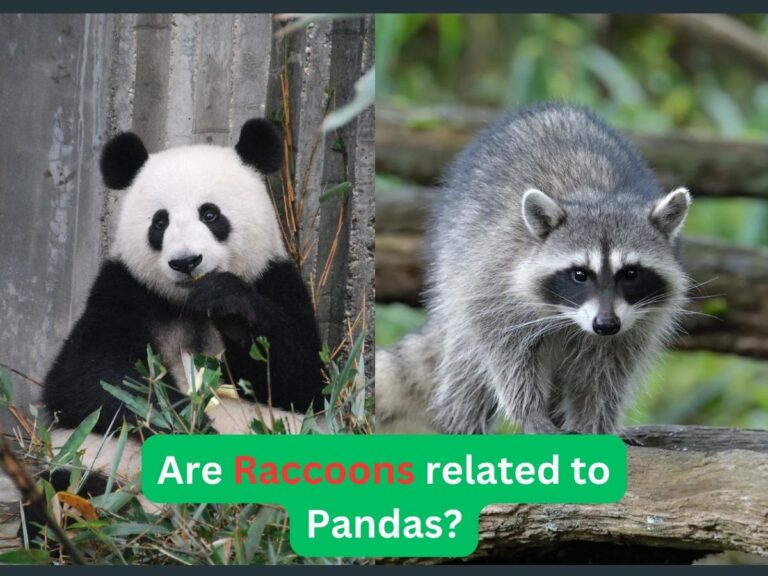Raccoon Breeding Season?-A closer look!
Raccoons breeding season: Raccoons are one of the most curious and intriguing creatures of wildlife. They possess remarkable skills and high IQ levels. Some people keep them as pets in their houses. Their kits have very sweet and cute looks. Have you ever wondered what is the raccoon breeding season? It is a question of debate for wildlife experts and raccoon enthusiasts.
If you are puzzled about it, don’t worry now you have landed on the right web page. Well, in this article, we’re going to take a simple and closer look at the raccoon breeding season. Here you will find exact information about the raccoon breeding season. So let’s read it…
Raccoon breeding season–Basic information!
- “The season in which raccoons mate, and give birth to their kits is called raccoons breeding season.”
The time when raccoons have babies begins in late winter or early spring. But when exactly breeding happens can vary depending on where they live and how the weather is.
- In North America, which is a place where raccoons are often seen, their breeding season usually starts in January and can last until June.
- The busiest time for raccoon parents is typically in February and March when lots of baby raccoons are born. So, it’s important to remember that raccoons’ breeding season might start at different times in different places, especially because of the weather.
- In some areas, raccoons start having babies as early as December and keep going until late spring, which is usually in July. This timing is good because it gives female raccoons enough time to gather extra fat, which keeps them healthy during pregnancy.
Process of breeding from start to end:
The raccoons undergo a series of behaviors and physiological changes as part of their reproductive cycle before they start breeding. Here is an overview of what raccoons typically do before they start breeding:
1. Seasonal Timing:
Raccoons generally engage in seasonal breeding, and this reproductive activity tends to happen during late winter to early spring. However, the specific timing can vary due to factors like geographic location and local climate conditions.
- This means that raccoons, like many other animals, have a particular time of year when they are more likely to mate and reproduce.
Raccoons adjust their breeding behavior based on the environment and weather conditions in their specific location.
2. Scent Marking:
Raccoons use scent markings to establish and defend their territory. Basically, they specify an area and allow the other male raccoons to come into that area. They use their urine and pop secretions to mark their territory.
When a female raccoon is in estrus and ready to mate, they releases specific pheromones and scents to signal their availability to potential partners. Other raccoons can detect these signals and know that the marked individual is receptive to mating, facilitating the reproductive process.
Scent marking is not only about territory and mating; it can also convey important social information within raccoon communities.
3. Courtship:
In the suitable breeding season, male raccoons, called boars, try to get the attention of female raccoons, known as sows. Raccoons have a special way of finding a partner during their mating season. They do this by making noises, chasing, and sometimes even grooming the females. Sometimes they exhibit a dance to attract a female raccoon for breeding purposes. These actions help them to attract a female raccoon.
- “The behavior of attracting a female for breeding by making noises, or dancing is known as courtship.”
4. Mating:
When a female raccoon is ready the mating starts. Both the male and female raccoon engage in a short mating ritual that lasts only a few minutes. During this time, the male mates with the female, fertilizing her eggs. After mating, they may spend a brief time together before going their separate ways, as raccoons do not form long-term pairs. The male raccoon leaves the female raccoon and goes in search of another female raccoon for mating purpose.
4. Nest Preparation:
Female raccoons typically make nests after mating. They prepare nests or dens when they are preparing to give birth and raise their young. Raccoons are known for being resourceful and adaptable animals when it comes to finding suitable den sites. They typically choose sheltered locations like tree hollows, abandoned burrows, or even human-made structures such as attics, chimneys, and crawlspaces.
The preparation of the nest usually involves the following steps:
Nest Selection:
The female raccoon finds a suitable den site that offers protection from predators and harsh weather conditions. She may explore several options before settling on one.
Nest Lining:
Once the den is selected, the female will line it with materials such as leaves, grass, twigs, and other natural debris to create a comfortable and insulated nesting area.
5. Gestation:
After a successful mating between a male raccoon (boar) and a female raccoon (sow), the female enters a crucial phase of her reproductive cycle known as gestation. This period is a vital part of the raccoon’s journey to becoming a mother. Once fertilization has occurred, the female raccoon’s body begins to prepare for the upcoming birth.
The gestation period spans around 63 to 65 days. During this time, the sow undergoes various physiological changes to take in the growing embryos.
As the gestation period progresses, the female’s body ensures that the developing embryos receive the necessary nutrients and support for healthy growth. Her body undergoes hormonal changes to facilitate this process.
6. Birth:
As the time for baby raccoons to be born gets closer, the mother raccoon starts to get ready to give birth. She might become more private and spend more time in her nest, which tells us that the babies will be born very soon.
Female raccoons typically have litters of 2 to 5 kits, although larger litters can occur. These baby raccoons are born blind and dependent on their mother for milk and warmth. The mother raccoon is very protective of her young during the first few weeks of their lives.
7. Care of Young:
Female raccoons, or sows, care for their kits (baby raccoons) by providing warmth and protection in a nest after birth. They nurse their kits with nutrient-rich milk, teach them essential skills, and gradually introduce solid food. Kits become more independent around 4-6 months of age and fully independent between 6-12 months, venturing out to establish their territories.
Conclusion:
In conclusion, raccoons’ breeding season occurs from late winter to early spring, but the exact time can vary depending on where they live and the weather. In North America, where raccoons are common, they usually start having babies in January and continue until June, with the busiest times being in February and March. However, in some places, they may start having babies as early as December and keep going until July. This allows female raccoons to get enough fat for a healthy pregnancy.
Raccoon breeding season encompasses various stages, starting with the seasonal timing and progressing through scent marking, courtship, mating, the gestation period, nest preparation, the birth of babies, and finally, the dedicated care provided to their young kits.
FAQs:
Raccoons have a relatively short gestation period, which typically lasts for about 63 days or roughly two months. During this time, female raccoons are pregnant and preparing for the birth of their offspring. After this period, they give birth to a litter of baby raccoons, known as kits.
Raccoons generally do not have a specific mating season during the summer. Their peak breeding season typically occurs in late winter to early spring, with variations depending on the region and local climate. Mating activities usually take place from January to June in North America, with February and March being the busiest months for raccoon mating.
A raccoon can have anywhere from 2 to 7 baby raccoons at a time, with an average of around 3 to 5 babies.







